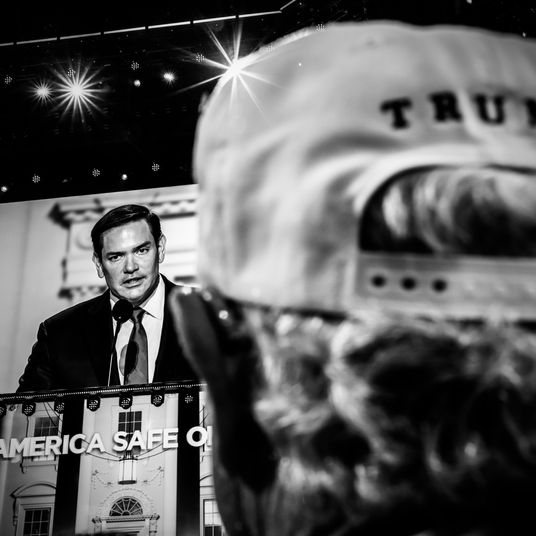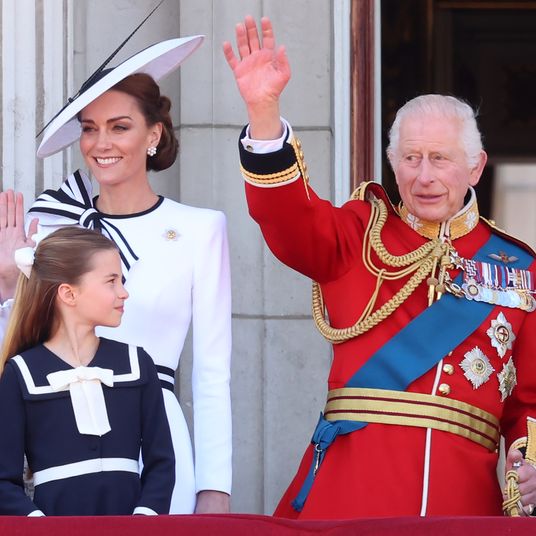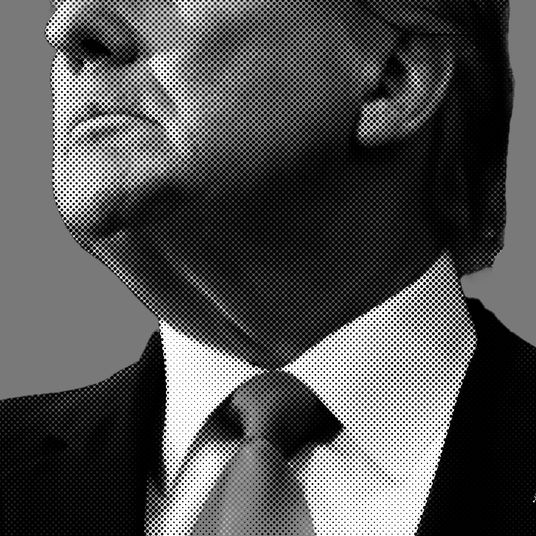
On Tuesday, the U.S. vetoed a United Nations Security Council resolution demanding an immediate cease-fire in Gaza. It was the lone nation to come out against the measure, with 13 countries of the 15-member panel voting yes and the U.K. abstaining. Here’s what we know about the vote, the context that led to it, and what may come next.
How did the Security Council vote?
The U.N. Security Council took up a resolution introduced by Algeria that calls for an immediate cease-fire in Gaza. In addition to the pause in fighting, the measure orders all sides in the conflict to adhere to international law, calls for increased humanitarian aid in the Gaza Strip, and “rejects the forced displacement of the Palestinian civilian population,” according to Reuters.
“A vote in favor of this draft resolution is a support to the Palestinians’ right to life,” said Amar Bendjama, Algeria’s ambassador to the U.N., prior to the vote, per the Associated Press. “Conversely, voting against it implies an endorsement of the brutal violence and collective punishment inflicted against them.”
The U.S. indicated its intention to oppose the measure days in advance. Linda Thomas-Greenfield, the U.S. ambassador to the United Nations, said in a Saturday statement that the U.S. is working on a hostage deal between Israel and Hamas that would pause fighting for a minimum of six weeks. She said the deal represents “the best opportunity to reunite all hostages with their families” and to transport humanitarian aid, but that the proposed resolution would undermine those goals.
Ultimately, 13 members of the 15-member council voted in favor of the Algerian resolution, with the U.S. opposing it and the U.K. opting to abstain. As one of the council’s five permanent members, the U.S.’s vote singlehandedly blocked the resolution’s adoption.
How has the U.S. voted on past resolutions?
This isn’t the first time that the U.S. has been an outlier on Council resolutions concerning the Israel-Hamas war. The U.S. vetoed a previous ceasefire resolution along similar lines back in December.
In November, the Council adopted a measure that called for “urgent and extended humanitarian pauses and corridors through the Gaza Strip to facilitate the provision of essential goods and services.” The U.S. abstained from voting because the resolution did not explicitly condemn Hamas. The U.K. and Russia also opted against weighing in on the matter.
The U.S. has remained Israel’s most important ally, as the country has sparked increasingly vehement international criticism over its severe response to the Hamas-led attacks on October 7 that killed about 1,200 people. In December, South Africa filed a case to the U.N.’s International Court of Justice, accusing Israel of committing genocide in its response to the attacks, a matter that will likely take years for a final ruling.
Though Secretary of State Antony Blinken dismissed South Africa’s claim as “meritless,” there have been signs that the administration is uncomfortable with Israel’s tactics, with President Joe Biden describing Israel’s response earlier this month as “over the top.”
What comes next?
The U.S. has been floating its own resolution. CNN reports that the U.S. has been circling a draft of a measure that calls for a “temporary cease-fire in Gaza as soon as practicable” and also urges the release of Israeli hostages taken by Hamas following the October 7 attacks. Discussion on the resolution comes as Israeli prime minister Benjamin Netanyahu has indicated that he would commence a ground invasion of the Gazan city of Rafah despite strong opposition from other world leaders.
In the months since the conflict began, Israel’s military campaign has killed more than 29,000 Palestinians, according to the Gaza Health Ministry.






























